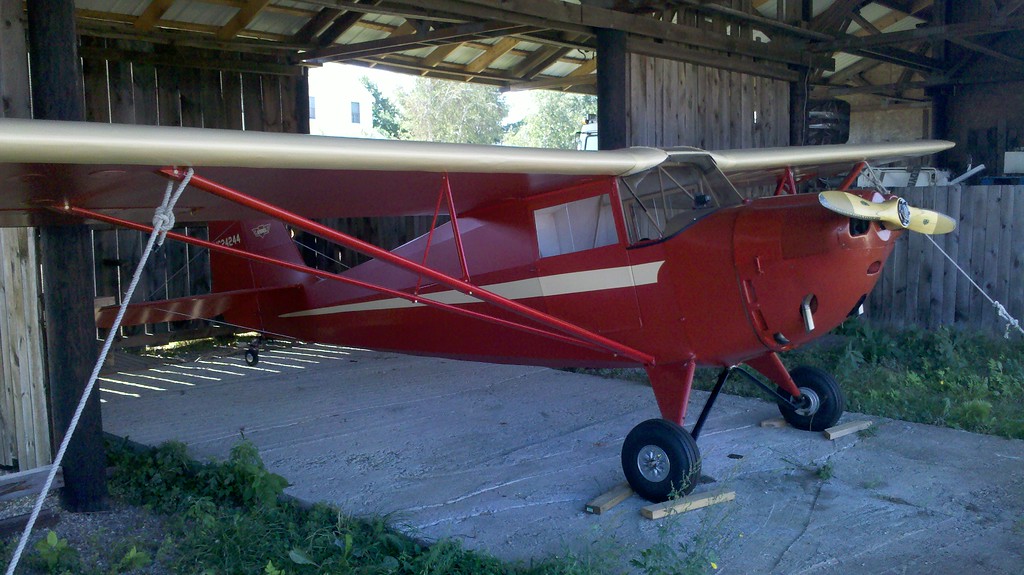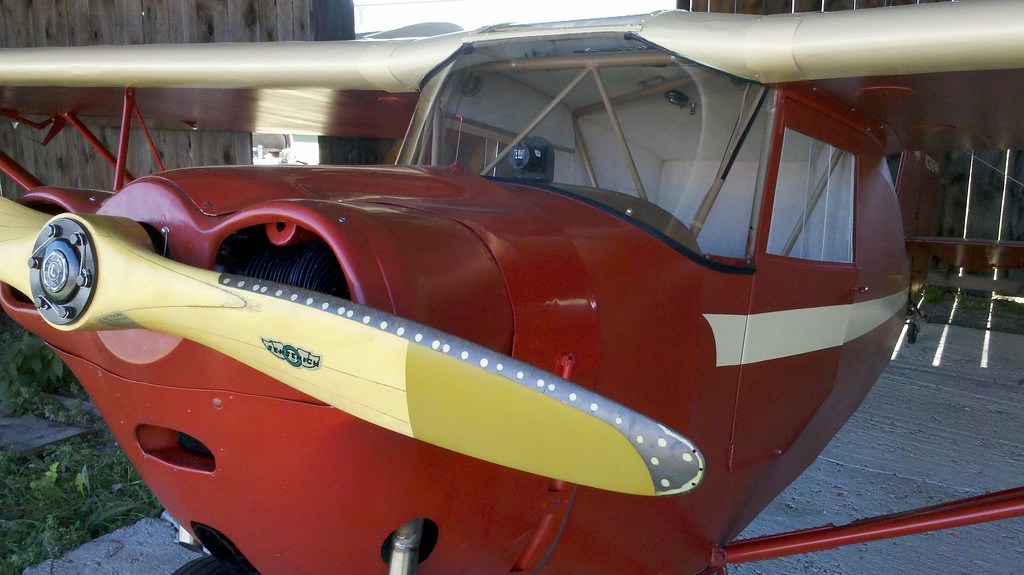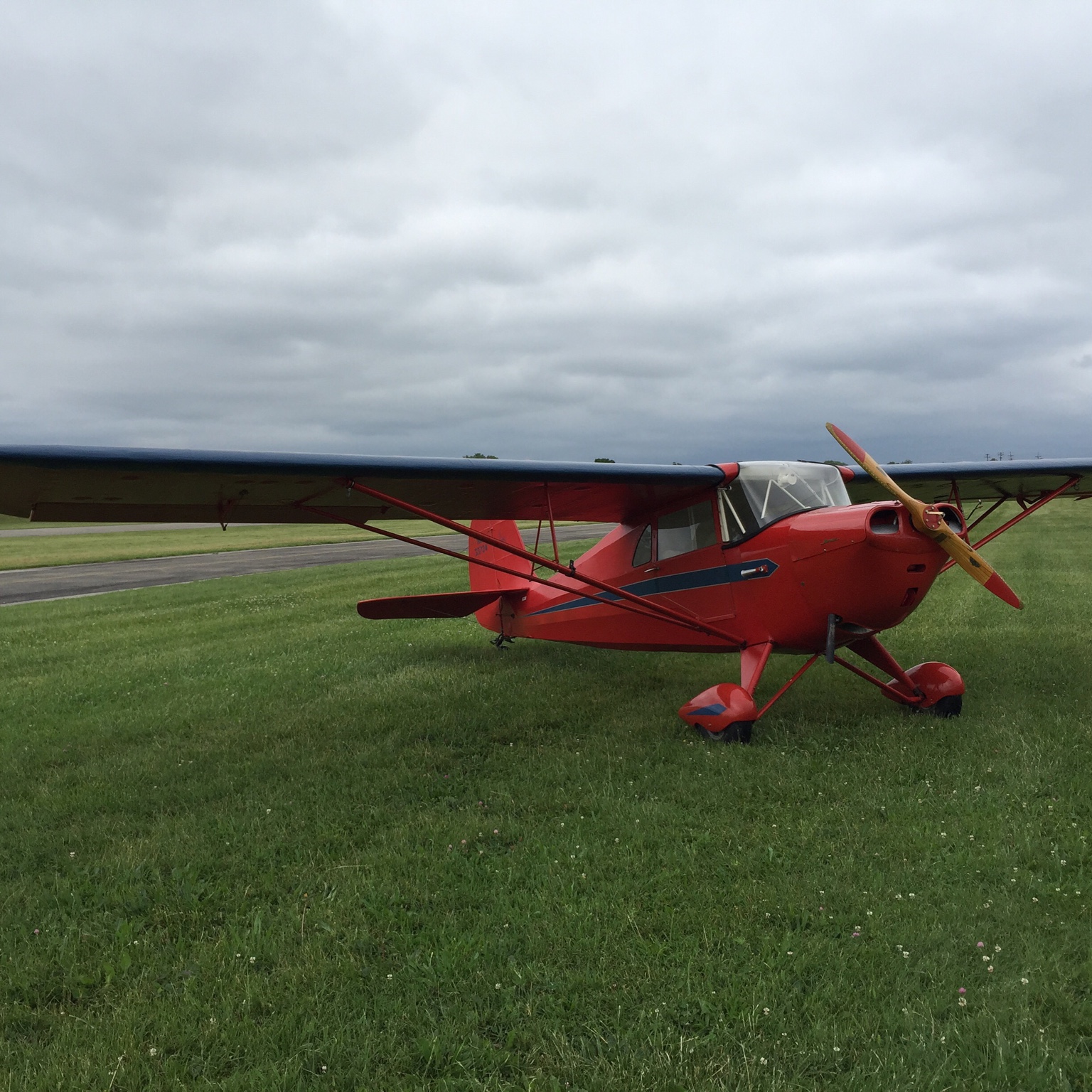docmirror
Touchdown! Greaser!
- Joined
- Jan 5, 2007
- Messages
- 12,008
- Display Name
Display name:
Cowboy - yeehah!
Any ideas about fuel usage in a stinson? Are we talking about 10gal/hr or 14 or 3?
The 165HP engine is really the only one you want. There is a 150HP engine in the early planes that has thin cases which tend to crack around the cyl barrrels and studs. The 165 Franklin will burn between 8.5-11 in cruise, depending on your power setting and leaning technique. I'd figure 10GPH is a reasonable est.
They are all approved for auto fuel STC, and in my opinion, they like it better than 100LL.
Personally, I wouldn't take a loaded Stinson 108 up over any 10k' passes unless is was very cold, very calm, and I had plenty of spare altitude. They are not the most robust performers. Dream TW to land with the oleo strut main gear, and long tail arm with good rudder and elevator authority. The -3 models aren't as good with the bigger tail because they seem to weathervane a bit more, but I'm no expert in the -3, I just flew the -2 which was my favorite. Pretty planes as well with the grill work and the wheel pants.
http://www.barnstormers.com/listing_images.php?id=956842&ZOOM=e1b20323c6dc4da3897c8115304872f9
YMMV





